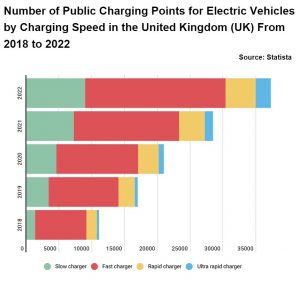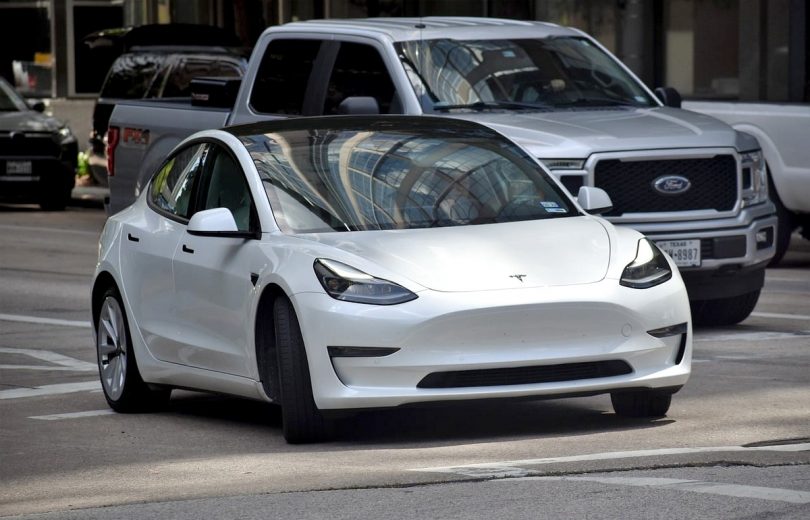[Finixio] – The charging infrastructure industry is rapidly evolving to meet the increasing demand for electric vehicles. As more people invest in electric vehicles, the need for reliable and convenient charging stations is becoming increasingly important. To provide a level of convenience and accessibility similar to that of refueling conventional vehicles, public chargers are being installed at an ever-increasing rate. [By Edith Muthoni]
According to TradingPlatforms.com, the European Union (EU) is investing EUR 1.5 billion to build a network of alternative fuel infrastructure. This investment is part of the Fit 55 Package, a major initiative to accelerate the transition toward clean transportation. The investment will be used to install new charging facilities, expand existing ones, and enable access to hydrogen refueling stations.
Tradingplatform’s financial analyst Edith Reads commented on the data saying, “EU’s initiative to increase the network of alternative fuel infrastructure is a great step forward in developing a greener and more sustainable transport system. This investment will help reduce emissions, as well as improve air quality in EU countries.”
 Wider Adoption of EVs Requires More Charging Points
Wider Adoption of EVs Requires More Charging Points
To attain carbon neutrality, the EU is actively encouraging citizens to switch from conventional vehicles to electric ones. To do this, more charging points need to be installed in public locations as well as private spaces. As of 2022, more than 450k public charging points were established throughout Europe, with most of the charging infrastructure focused in the Netherlands, France, and Germany, accounting for over 60 % of the total.
Presently a significant number of EV charging is done at home or work, with 70 % of all charging taking place at those locations. Public charging points are mainly used for long-distance travel and emergency charging. Though the number of public chargers is increasing, they are still largely concentrated in urban areas and certain regions. This needs to change if wide adoption of EVs is going to be achieved.
The EU’s investment in increasing the network of alternative fuel infrastructure is a significant step in developing a reliable charging infrastructure for electric vehicles. It will provide increased accessibility and convenience, eventually leading to more people switching to electric vehicles. This begins an ongoing trend towards a more sustainable transportation system. It will be interesting to see how this investment affects the broader adoption of electric vehicles in the coming years.





